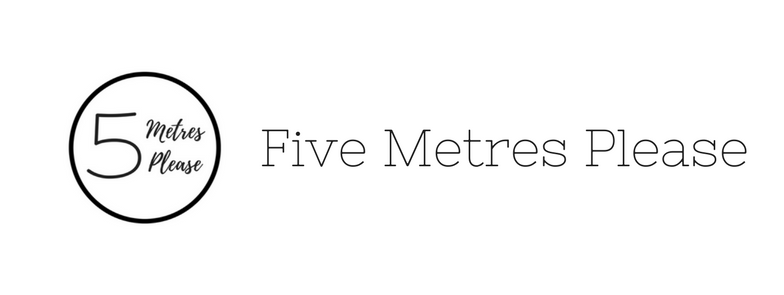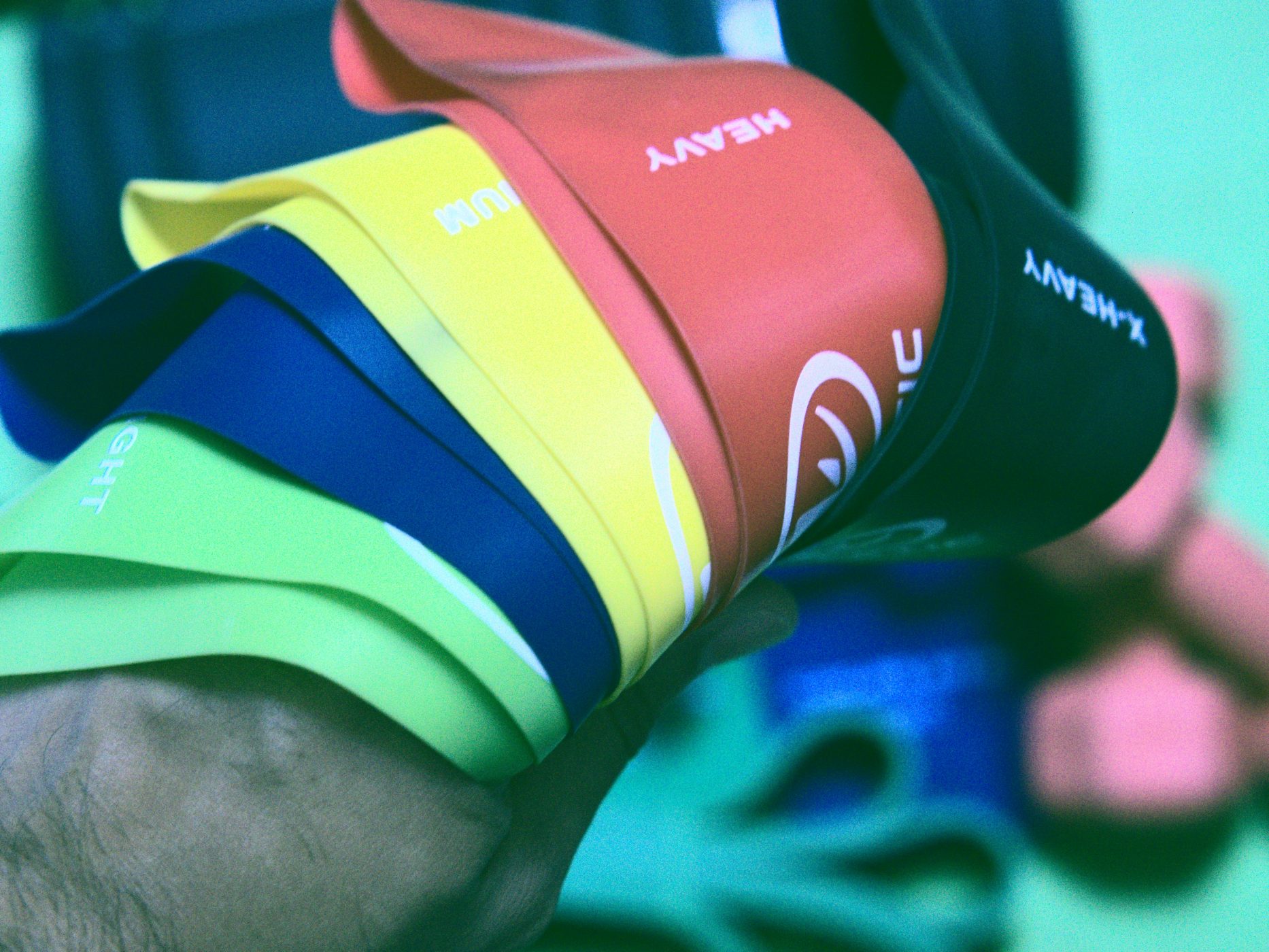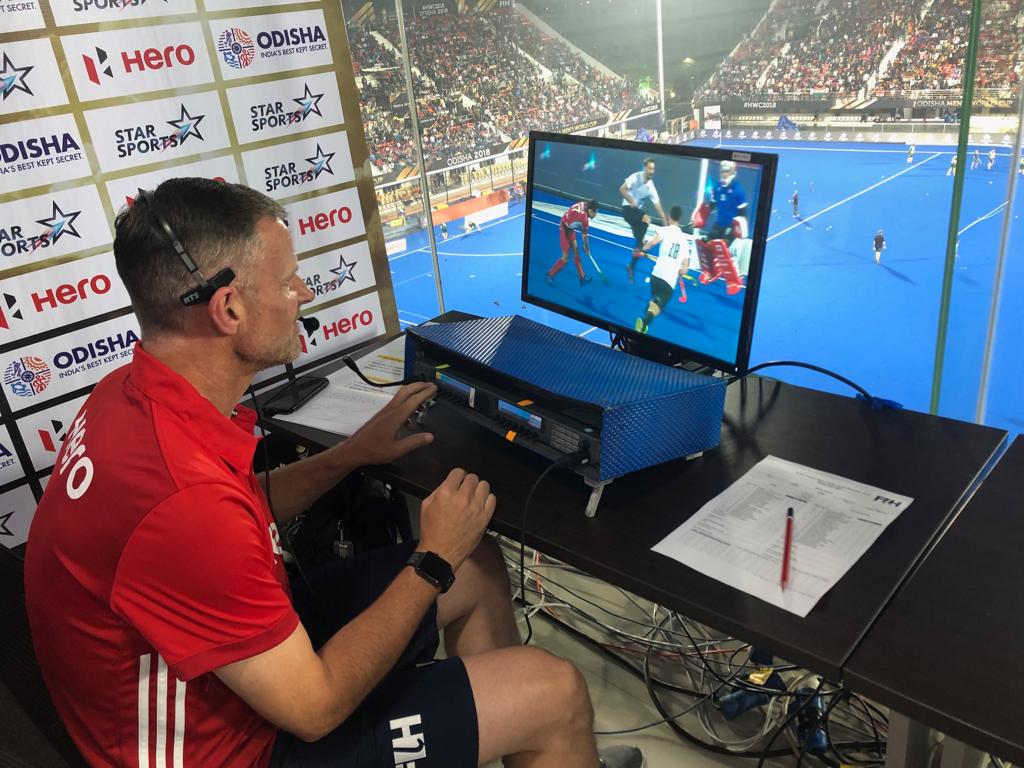Positioning 101
When you first start out umpiring, the field seems so big. Stepping out there, whistle in hand, it seems to look so much bigger than it did from the sideline. And where on earth are you meant to go in order to be in the best position to blow everything?
Then, once you finally find yourself feeling more comfortable on the field, once you feel like you’re finally getting it, you take a step up to the next level where the game is faster, there’s a little more pressure.
Sometimes, whether you’ve either just started umpiring or you’ve been out there for a while, it can feel a little like you’re doing this…
In order to make you feel a little less chicken-like and a little more like a majestic-ballerina-peacock swanning around the field, I’ve got a post which goes through the basics of positioning for you. So that you can be your most glorious umpiring self. YAASSSSS.
I want you to think of this post as a general guide to where you should be and when. However, it’s important to keep in mind that while this advice should get you in a good position, it might not be the best position for you. Everyone is different. Some of us are tall, some small, some with fancy fast feet and others with superhero game reading abilities that make it seem like we don’t move at all… so take this as advice, try it out and adjust it to make it work best for you.
Positioning 101
A few quick things…
I’ve tried to cover all the common positioning areas, but it’s a lot of information to digest in one go. So don’t feel as though you have to take all of these points on board straight away, especially if you’re relatively new to umpiring. Work through the list one by one and when you feel comfortable with each point, move on to the next!
It’s also worth noting that this guide on positioning covers a great base, but the higher up you go in your umpiring journey, the faster and more skilful the games will get. There will be some aspects of your positioning that will probably need to change a little – some situations that will require different things (think overheads that get thrown 50+ metres…). When you get to this level, another set of eyes can help you to make the necessary adjustments…
On that note, it’s a good idea to have someone look at your positioning every now and then, particularly when you’re starting out. It’s such a fundamental part of our craft! If you don’t have an umpire coach, ask a senior umpire or colleague to watch where you’re running and give you some feedback. Or get a parent or friend to video some parts of your game on their phone or tablet so that you can look at it after the game and see where you’re running for yourself! I think you never quite understand until you see for yourself where you are on the field compared to where you should be…!
Now, let’s get to the most important positioning rule first up…
Rule #1: Always try to be ahead of the play when it’s coming towards your circle
This is a big one. Probably THE biggest one. If you only take one piece of advice away from this post, let it be this: Always try to stay 10-20m AHEAD of the play when it’s coming up the field towards your circle.
This will give you the best view of the play. Why? Because where do players carry the ball? – out in front of them. If you’re behind the play you have to look through bodies, and unless there’s something special about you that you’re not sharing, most people have a hard time seeing through solid objects 😉
When the play is going away from you (towards your colleague’s circle) then it’s ok to be behind the play. Indeed, there’s not much point being ahead of the play in this situation. It’s more the angle you’re on behind the play that matters, particularly when the play is going down the sideline. But more on that later…
I tried to clip the following example from the highlights clip below but for some reason it wouldn’t upload properly. It worked for the clips below so I’m not really sure what’s going on… (I’ll keep working on it!). But in the meantime check out the video below to see Alison Keogh (IRL) ahead of the play, as well as her proximity to play along the baseline during the remaining contest…
Please fast forward to 3:22
Rule #2: If the ball goes past you, you’re running late
This rule links to rule #1 and being ahead of the play…
When the play is moving towards your circle, don’t wait until the ball moves past you to start running!
You should be on the move already as soon as the play starts coming towards you.
Too often umpires hang out somewhere between the centre line and the far 25m whilst supporting their colleague, and then when there’s a turn over they watch the players run past them before they start to run. This automatically puts you on the back foot because now you’re not trying to beat them to the circle, you’re just trying to catch up to them!
So, repeat after me: When they go, you go.
OR: Don’t wait or you’ll be late!
(I should trade mark these… Rhiannon’s lame but effective catch phrases!)
Moving on, we have positioning in the most important area of the pitch…
In the circle
Circle positioning is an umpire’s bread and butter. Your circle is your ‘home base’, the most important part of the pitch for you. This is where the most important decisions you make will happen, so you want to be in the right place to see what’s going on! Often mistakes made in the circle come down to positioning, so learning where to be will help you to make the right call as often as possible.
Hot tip: Base yourself off the left goal post
Next time you’re out on the pitch, doing your warm up, I want you to go over to the goals, sidle up to the left goal post and say:
Cause you guys are going to be spending a lot of time together.
Working off this goal post will help you get close enough to the play to see what’s going on, so don’t be afraid of getting close to it. Hot tip though – don’t stand on the goal side of the left post (i.e. so that you’re in line with being IN the goals). Because if the ball hits you when you’re standing here, it’s likely to deflect into the goal, and if that happens it’s a goal. And you don’t want to be THAT guy.
(Side note: You know that if the ball hits the umpire, it’s ‘play on’ right? We’re considered to be part of the field, like a stray piece of equipment…). Ouch.
Hopefully you’ve beaten the play into your circle and you are hanging out a few metres from the post. This will allow you to watch the play come towards you, which gives you the best angle. Being stationary is also best because we make more accurate decisions when our eyes aren’t bouncing around. Check out the umpire here beating the players to the circle and being in the perfect (stationary) position to see and blow a PS… #nailedit
If the play is wide on your side in or around the circle, then step backwards over the baseline so that you’re not in the way but you’re still close to the action.
If the play is wide over the other side of your circle, particularly when it’s close to the baseline, step up the field a little. You still don’t want to come across the circle too much – remember: try not to be where you are in line with standing in the goals! Still work off being in line with that left post, but if you come up in line with, say… the penalty spot, this will allow you to look back towards the baseline and see what’s going on.
So what about when the play is moving up the field towards your circle?
Play towards your circle
On your side of the field
You want to try and stay ahead of the play, so that you can watch the play coming towards you. Sometimes when it’s coming up the sideline close to you this may require some sideways running or running where you are looking back over your shoulder. You don’t want to run backwards unless you REALLY have to, as you’re more likely to trip over doing this and no one needs that embarrassment to add to their CV. Trust me…
Stay outside the sideline and then move in field if the ball starts heading towards the midfield.
Take the shortest line to the circle to get you there the fastest, depending on where the ball goes. If it stays wide near the sideline the whole way to the baseline, you are going to have to head around the corner flag and along the baseline.
Here is a great example of this situation, but like the first video in this post I couldn’t get the clipped version to upload properly (sorry!). So check out this FIH Youtube Channel Pro League highlights:
Fast forward to 2:09
On the opposite side of the field
It’s easier to stay ahead of the play when it’s coming down the opposite side of the field, because you can watch the play develop a little easier. Again, stay ahead of the play by about 10-20m, and try to move to your goal post as the play moves into the 25m.
Play going away from you
Down your sideline
When the play is moving down your sideline towards your co-umpire’s circle, you want to try to get on a 45 degree angle behind the play.
This angle allows you to still see the ball, rather than having to try and look through the player’s backs if you are directly behind them. Getting wide to the sideline can sometimes require a quick sprint from you in order to get the best angle.
Down the middle or opposite side of the field
When the play moves down the field towards your colleague’s end on their side of the field, don’t feel as through you have to go back out to your sideline to move down the field. You are just moving yourself further away from the play! To maintain proximity, and save yourself some running, just move in a straight line down the field from where you are. This may be a little more in-field than you’re used to in this situation but that’s ok.
Supporting your co-umpire
You want to come down to somewhere between the centreline and the 23m line in order to support your co-umpire. You have the proximity here to control the play along your sideline and deep in the corner, as well as to be in a good line of sight if your colleague needs to look up to get some assistance. But, you are also far enough away so that 1) you’re not cramping their style, and 2) you can get up to your circle fast enough if there is a quick turnover!
Now on to the technical stuff – penalty corner and penalty stroke positioning…
Penalty Corners
PCs in your circle
Say hello to your new friend again – the left goal post. Walk up and give it a hug. Now, take 2-3 big steps left along the baseline and then 2-3 steps forward into the field. This is around abbbooouuut where you want to be when there’s a PC in your circle.
Being here will allow you to see the ball and pusher-outerer (official technical term, I checked) on the opposite side of the goals, as well as the defenders behind the line to see if they’re breaking. It will also allow you to see in front of the GK, particularly if they lay down. And all of this without moving!
Don’t worry too much about watching the attacker that sits wide on the circle – ask your colleague to watch for attackers breaking from their position on the centre-line.
And here is a “real life” example (feat. Alison again – sorry Ali! 🙂 )
When they take it from the “wrong side”
This one tends to freak umpires out a little. Common phases include “Uhhhhhhh…”, “What the #%@^%” and “Where the #@*^ do I stand now?”.
When a team decides to be a little “unconventional” and try something “innovative” by taking their PCs from the other side, you just need to move to the other side of the injector.
This allows you to still see the ball/injector and the defenders behind the goal line at the same time so you can call any breaking. Once the ball has been injected, you can make your way quickly back in towards the normal PC positioning, so that you’re right there for the goal-mouth action. No dramas!
Your colleague’s PCs – when you are the supporting/disengaged umpire
When your colleague has a PC down their end, the best position for you is to be in the middle of the field, about 5-10m in front of the centre line. This gives you a great front-on view of the goals, but also means you are close enough to the half line to 1) watch for attackers breaking at the centre line and 2) sprint to your circle if there is a quick turn over and still be ahead of the play.
So, what are you looking for from the half-way line? Why be in the centre of the field rather than off to the side?
- The number one reason is to help your colleague decide if the ball is going on goal. Your line of sight being front-on to the goals can help you to know the difference between:
- A flick that hits a defender’s body who is standing near the baseline – if the shot is on goal, this will be a penalty stroke. If it’s missing the goal, then this will be a free hit to the defence for danger (big difference!)
- A defender’s foot close to the goals – on goal this is a penalty stroke. If it’s missing the goals, it will just be another PC. It’s hard to make these differentiations, and support your co-umpire, if you are out towards the sideline.
- If the ball hits the defensive runner, seeing if it hit above or below the knee (difference between a free hit to the defence for danger and another PC!)
- You are also watching for attackers breaking – both on the circle (particularly the right wing, as they are often out of your colleague’s line of sight) and from the centre line.
- Does the ball come out of the circle?
Make sure you discuss these situations, what you will do and how you will communicate them to your co-umpire in your pre-match talk!
Generally after the first shot has been taken I start to move back out towards the sideline in anticipation for the next play. If another PC is awarded you can always move back in to the middle of the field again.
Penalty Strokes
If the PS happened in your circle, you will be the controlling umpire. You stand behind the attacker, off to the right so you are out of the direct line of sight of the GK. This allows you to see both the attacker and GK at the same time. Make sure you’re familiar with the rules around taking a penalty stroke (sections 13.7 and 13.8 in the FIH rule book).
If you are the ‘disengaged’ umpire, you need to leg it quick-smart to the baseline to support your co-umpire. Your position is on the baseline to the side of the goals. You are there to watch for 2 things: (1) if the ball crosses the line and (2) that the GK doesn’t move off the goal line before the attacker plays the ball. If they do, and they save the shot, the PS needs to be taken again. If they do, but it goes in anyway, it’s a goal. And if they don’t move before the shot…well, your job here is done my friend.
(Side note: remember that time is stopped during a PS! You must blow your whistle to restart time after the PS has been taken (either to start the game again at the halfway line if a goal was scored, or just before the defence takes their 16 if a goal wasn’t scored).)
Shootouts
Ok, this one is just a taster, because I wouldn’t really classify shootouts as positioning 101… they don’t happen very often and all the different iterations of who should stand where depending on how many umpires + tech officials you have probably requires it’s own post to be honest! But, for comprehensiveness, take a look at this video which shows where each umpire should be when you have a full team (3 umpires + tech official + judge). Also, watch the movement of the controlling umpire. Remember, less movement = good!
So, there you have it! Positioning in a nutshell (ok, a VERY LARGE nutshell. But a nutshell none the less!). Hopefully this helps explain the best positions to be in so that we can see all the things and make all the calls.
Of course, like I said, this will always be a work in progress. There will always be something new or different or extra to do as you move up the levels and the game gets faster and more skilful. This is why it’s important to have an umpire coach, mentor or senior umpire watch your games from time-to-time. Just make sure to tell them what you’re working on!
If you think other people might find this useful, please share it around through social media or by using the buttons below 🙂 Sign up for the newsletter to get new posts delivered straight to your inbox, and follow me on Facebook and Instagram for extra tips, tricks and behind the scenes banter!



